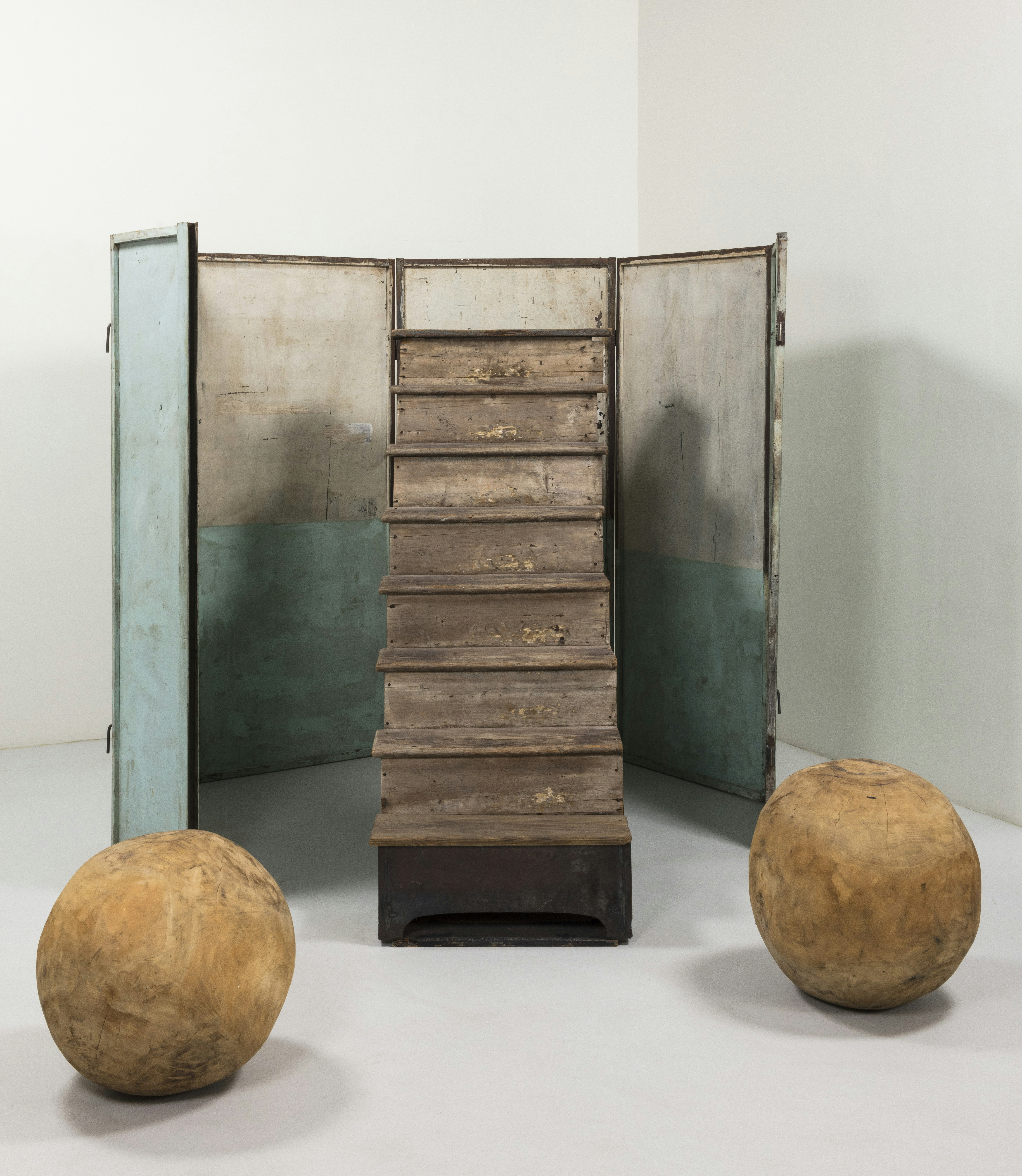Louise Bourgeois
Born in France, Louise Bourgeois emigrated to the United States in 1938 with the American art historian Robert Goldwater whom she had just married. Throughout her life, the artist drew inspiration from her own life—difficult relationship with her father, nostalgia for her native land, hysteria, fear, etc.—for the psychological and emotional themes of her works.
Her belated recognition (retrospective at MoMa in 1982) had a stimulating effect on her work, which continues to influence artists today.

















